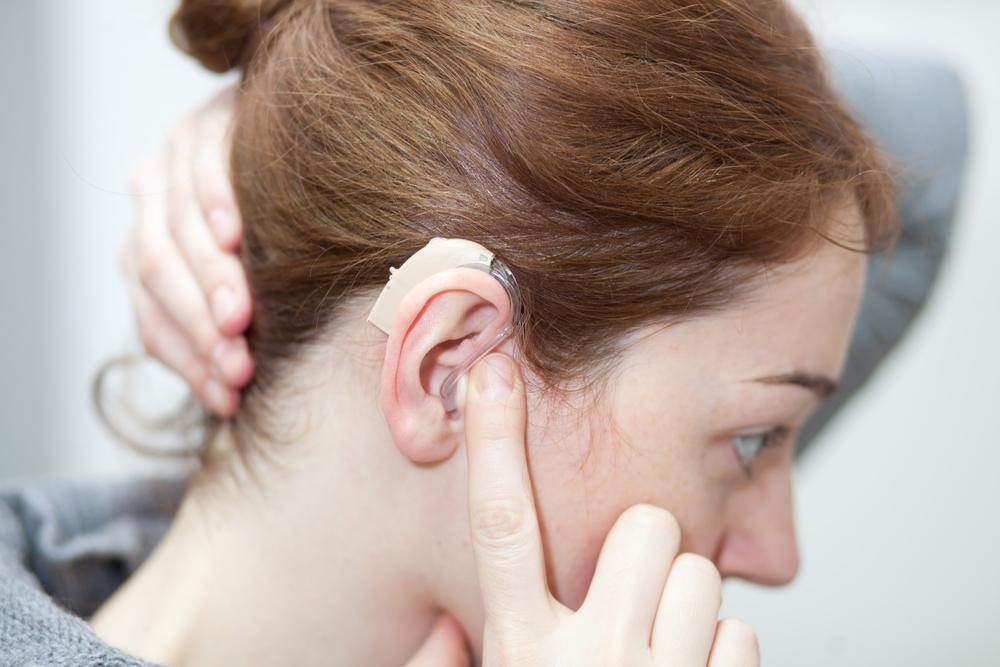Comprehensive Guide to Selecting the Perfect Hearing Assistance Devices
Discover essential insights into choosing the right hearing assistive devices. This detailed guide explores various styles, technological advancements, and tips for selecting the perfect hearing aid tailored to your needs. Stay informed about modern features like noise reduction, feedback suppression, and customization options to improve your hearing experience and overall quality of life.

Comprehensive Guide to Selecting the Perfect Hearing Assistance Devices
Choosing the right hearing assistive device is crucial for improving auditory perception and enhancing quality of life for individuals experiencing hearing challenges. With a vast array of options available in today’s market, making an informed decision can be overwhelming. This comprehensive guide provides valuable insights into the different types of hearing aids, the latest technological advancements, and practical tips to help you select the most suitable device for your hearing needs and lifestyle.
Understanding the Different Types of Hearing Aids: Hearing aids come in various styles, each designed to cater to different levels of hearing loss, preferences, and lifestyle requirements. The four primary categories include behind-the-ear (BTE), on-the-ear (OTE), in-the-ear (ITE), and in-the-canal (ITC) devices.
Exploring Technological Innovations in Hearing Aids:
Modern hearing aids have dramatically evolved from the simple trumpet-shaped devices of the past. Today's models are sophisticated digital systems packed with features designed to provide a more natural and comfortable hearing experience. These technological advancements help users better discern speech, reduce background noise, and enjoy clearer sound quality, even in challenging environments.
With digital processing, hearing aids can analyze incoming sounds in real-time, filtering out unwanted noise, managing feedback, and amplifying speech signals. Features such as directional microphones allow the device to focus on sound sources directly ahead, improving understanding in noisy settings. Noise reduction algorithms and wind noise management further enhance listening comfort.
Feedback suppression is a critical aspect of modern hearing aids, preventing the high-pitched whistling or echo sounds that often occur due to sound escaping from the ear canal. Advanced devices utilize microchips and embedded processors to deliver a seamless auditory experience. The microprocessors analyze sound data and adjust amplification dynamically to match the user's environment, making hearing aids smarter and more adaptive than ever before.
Customization and user control are also central to effective hearing aid use. Many models can be programmed by audiologists to match individual hearing profiles and preferences. Users can operate their devices via buttons, remote controls, or through smartphone applications, allowing real-time adjustments. This level of personalization ensures that each user receives optimal auditory assistance tailored to their specific needs.
In addition to hardware sophistication, hearing aids now incorporate features like speech recognition technology, which helps users follow conversations effortlessly. Wide dynamic range compression (WDRC) enhances soft sounds without making loud sounds uncomfortable, improving overall hearing experience across different listening environments.
When choosing a hearing aid, consider factors like style, battery life, connectivity options (such as Bluetooth compatibility), and ease of use. Conducting a thorough comparison of different models, consulting with audiologists, and understanding the features offered can significantly influence your satisfaction with the device.
In summary, selecting the right hearing assistive device involves understanding the various styles available, keeping abreast of technological innovations, and tailoring features to your specific hearing needs. With advancements in digital technology, today's hearing aids offer unprecedented clarity, comfort, and connectivity, empowering users to reconnect with sounds and improve their overall quality of life.





